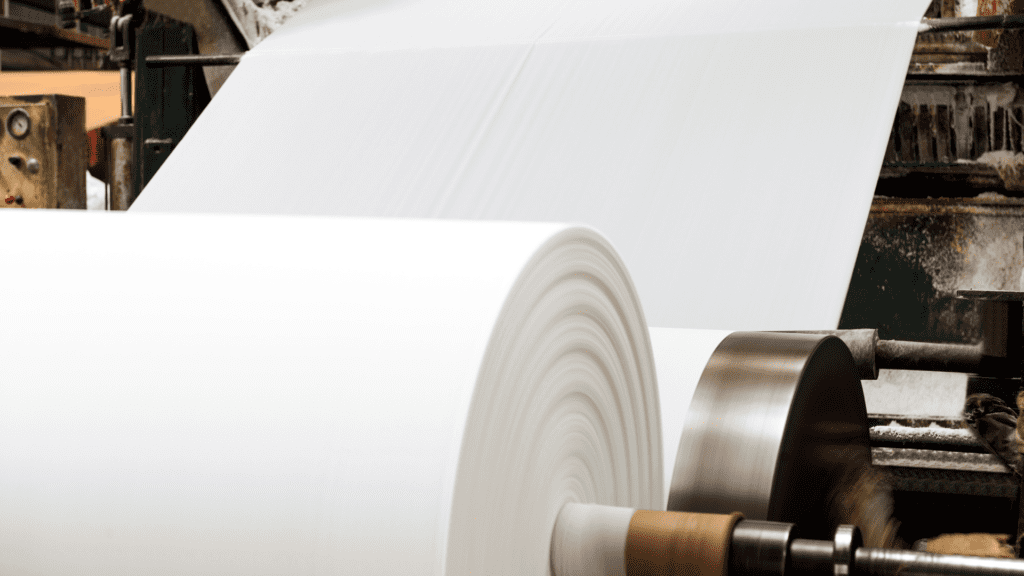
Everyday items such as paper towels, toilet paper, and tissue paper are used in large quantities across the world. However, the process of creating these products can have a significant environmental impact. Recycled paper products have emerged as an eco-friendly alternative to traditional virgin paper products, but how exactly do they help the environment? Let us understand the water consumption difference between recycled and virgin paper products.
The process of creating paper products involves the use of a considerable amount of water. In fact, the pulp and paper industry is the third-largest industrial water consumer globally, accounting for approximately 16% of all freshwater withdrawals. Virgin paper production requires a significant amount of water for harvesting trees, pulping, washing, and bleaching. According to the Water Footprint Network, it takes an average of 10,000 liters of water to produce one ton of virgin paper.
On the other hand, recycled paper products require much less water. The production of recycled paper products involves a process called deinking, which removes ink and other impurities from used paper. This process requires significantly less water than the pulping process used for virgin paper production. Production only requires around 2,500 liters of water per ton.
That’s a massive difference of 75%!
The process of making recycled paper uses significantly less water for a few reasons. Firstly, the paper fibers are already partially broken down, which means less water is required to separate them. Secondly, the use of chemicals in the production process is minimized, which reduces the amount of water required to wash and clean the paper.
It’s important to note that the water savings don’t stop there. In addition to the water used in the production process, virgin paper products require even more water to dispose of. According to the Environmental Protection Agency, it takes an additional 324 liters of water to dispose of one ton of paper in a landfill. This is due to the decomposition of paper in landfills, which releases methane and requires additional water for proper waste management.
In conclusion, choosing recycled paper products over virgin paper products can have a significant impact on water consumption. With recycled paper products, less water is required in the production process, and less water is required for disposal. So, the next time you’re in the market for paper products, consider the environmental impact and choose recycled options.


Comments are closed